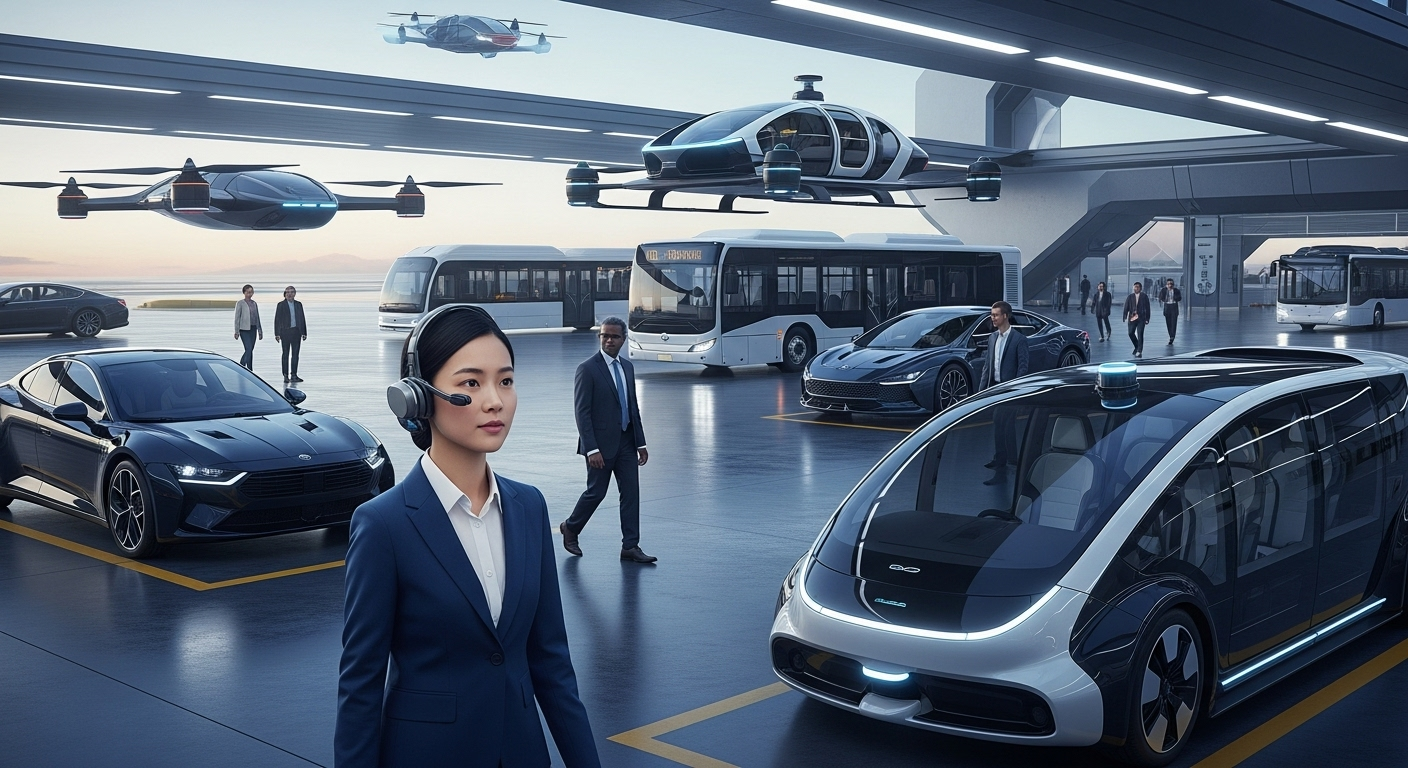"Journeying into the Future: A Dive into the Era of Autonomous Travel"
In an age where science fiction is rapidly evolving into reality, the concept of autonomous travel is no longer a distant dream but a burgeoning reality. From self-driving cars to unmanned aerial vehicles, the future of travel is set to be transformed by autonomous technology. This article delves into the rise of autonomous travel, its implications, and what it means for the everyday traveler.

A Journey Through Time: The Genesis of Autonomous Travel
The inception of autonomous travel can be traced back to the advent of cruise control in automobiles in the late 1940s. However, it was not until the 21st century, with advancements in artificial intelligence and machine learning, that the concept of fully autonomous vehicles began to take shape. The past decade has seen an exponential growth in autonomous technology, with tech giants like Tesla, Waymo, and Uber pioneering autonomous vehicles and making self-driving cars a visible part of our roads.
The Autonomous Boom: Current Trends and Insights
Today, autonomous travel extends far beyond self-driving cars. Automated drones are being used for everything from package delivery to aerial photography, while autonomous ships and trucks are revolutionizing the logistics industry. Self-flying planes maybe a few years away, but with companies like Airbus investing heavily in autonomous flight technology, it’s only a matter of time before they become a reality.
The Autonomous Advantage: Benefits and Challenges
Autonomous travel offers numerous advantages. It promises to increase safety by reducing human error, enhance efficiency through optimization algorithms, and provide greater accessibility for those unable to drive. However, it also presents challenges, including ethical dilemmas, cybersecurity threats, and job displacement fears. It’s crucial for society to navigate these challenges to fully harness the potential of autonomous travel.
Demystifying Autonomous Travel: Fact Check
-
Autonomous vehicles use a combination of sensors, cameras, and artificial intelligence to navigate their surroundings.
-
By 2035, it’s estimated that autonomous vehicles could account for up to 15% of global car sales.
-
Autonomous drones are being used for wildlife conservation, monitoring environmental changes, and aiding in disaster management.
Final Thoughts: The Road Ahead
As we stand on the cusp of a new era in travel, it’s clear that autonomous technology will play a pivotal role in shaping the future. It’s not just about getting from point A to point B; it’s about transforming the way we perceive and experience travel. And while the road to fully autonomous travel may be fraught with challenges, the potential benefits make the journey well worth it. The future of travel is autonomous, and it’s closer than we think.




